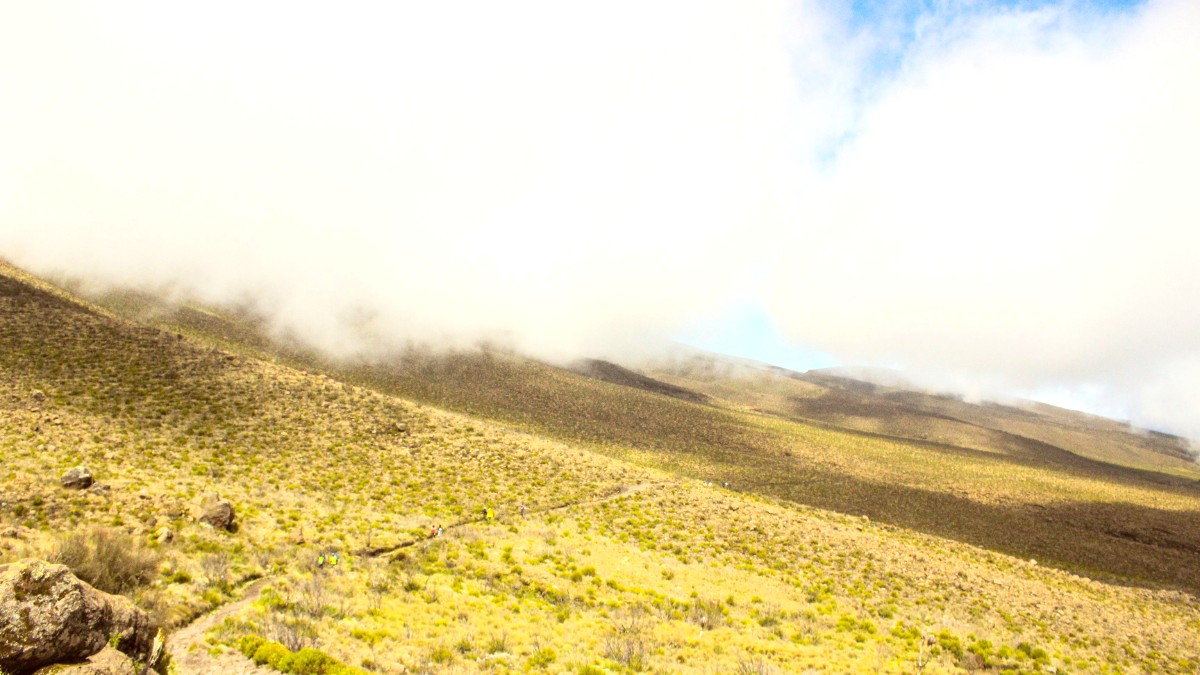
Tanzania
The layering system addresses temperature changes from base to summit. This approach keeps you comfortable across diverse zones.
Mid layers capture warmth. They are critical for cold conditions without adding excessive bulk. They complement base layers.
Sturdy, waterproof, broken-in hiking boots with good ankle support are needed. Never bring new boots, as they will cause blisters.
Bring comfortable shoes for evenings at camp. These allow your feet to breathe and recover.
Bring 3-4 pairs of moisture-wicking Hiking socks. Also bring 2-3 pairs of thick thermal socks for summit night. Waterproof Gaiters keep debris out of boots.
Organize your documents carefully. Keep them in a waterproof pouch or bag. Physical and digital copies make a difference.
Power sources are limited on the mountain. Plan for battery needs. Off-mountain, electricity is available.
Capture your journey with reliable equipment. Ensure data safety with backup solutions. Cold weather affects battery life significantly.
Offline maps (Google Maps for towns, AllTrails/Gaia GPS for trails). NordVPN or ExpressVPN for secure browsing.
Google Translate (download Swahili offline language pack). This supports communication with locals.
WhatsApp is widely used. Airalo for eSIM for data.
Your health kit should address common travel and altitude concerns. Be prepared for minor ailments and emergencies. A well-stocked kit supports well-being.
Specific items help manage the mountain environment. Altitude sickness remedies are a consideration. Protection from sun and insects is also important.
Kilimanjaro trekking needs specialized gear for safety and comfort. Having the right equipment elevates your experience.
Many reputable operators feature rental gear. This saves baggage space and cost for expensive items. Ensure quality before relying on rentals.
Kilimanjaro presents an unique environment. Some items are specific to the climb logistics.
Do not forget small items that add to your comfort and safety. These little additions greatly impact your journey quality.
Certain items are notably beneficial for a Kilimanjaro climb. They support hydration, energy, and overall well-being at altitude.
Reduces plastic waste on the mountain and in towns.
Minimize plastic bag use for local purchases.
Biodegradable options for personal hygiene.
For minor device top-ups, but less reliable than power banks.
Pack your main duffel bag efficiently. Use stuff sacks or compression bags. Porters have weight limits. Your daypack for daily essentials.
Distribute essential items between your carry-on and checked luggage. This includes medications and critical documents, as a precaution against lost luggage.